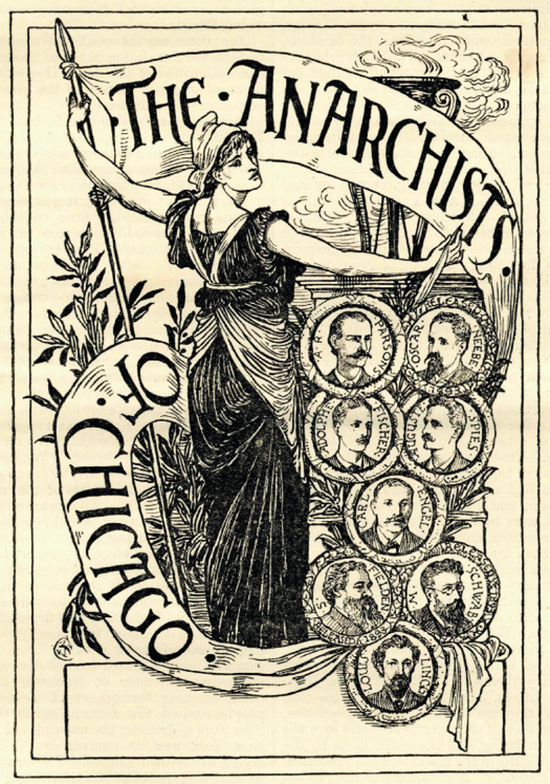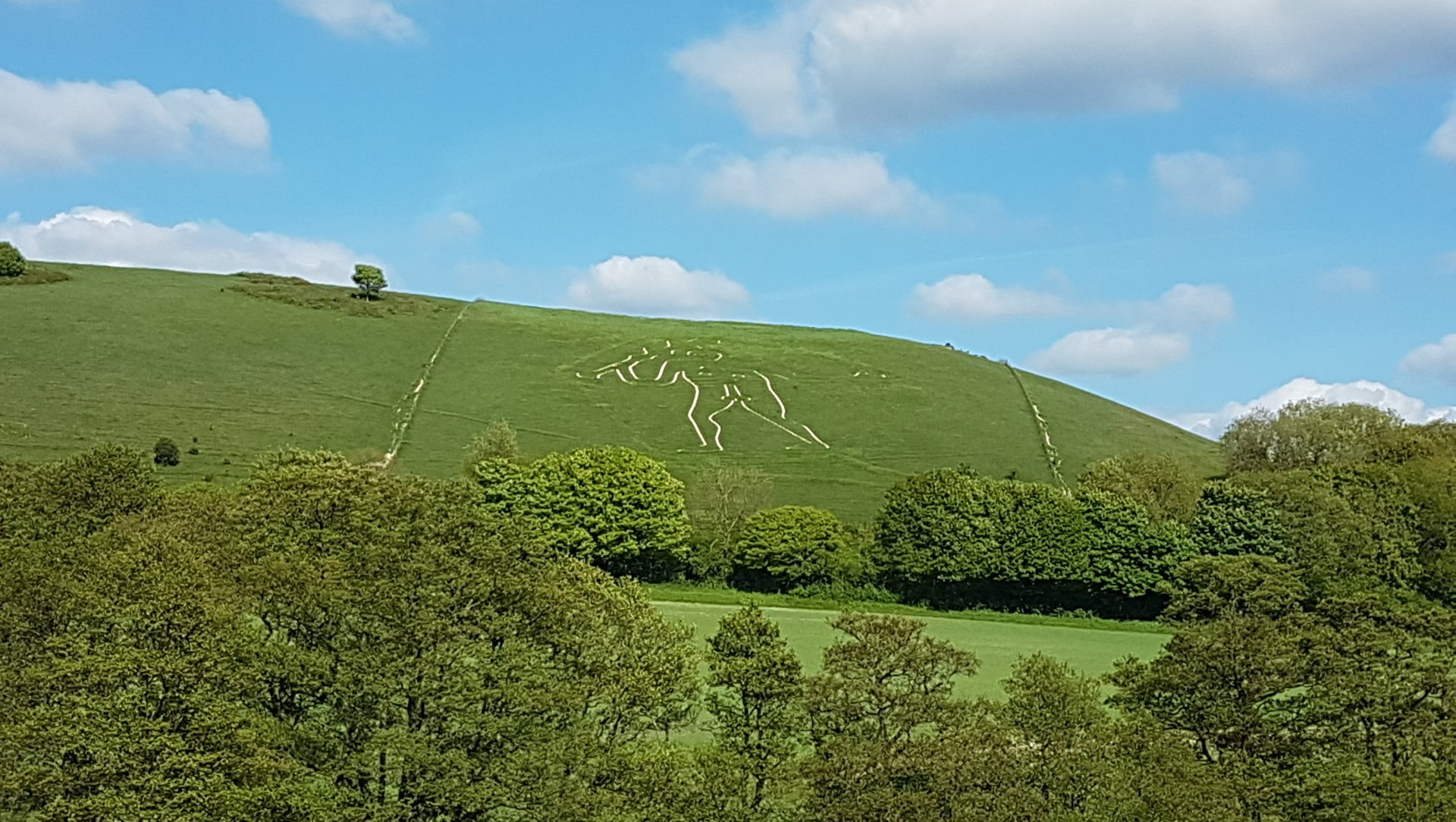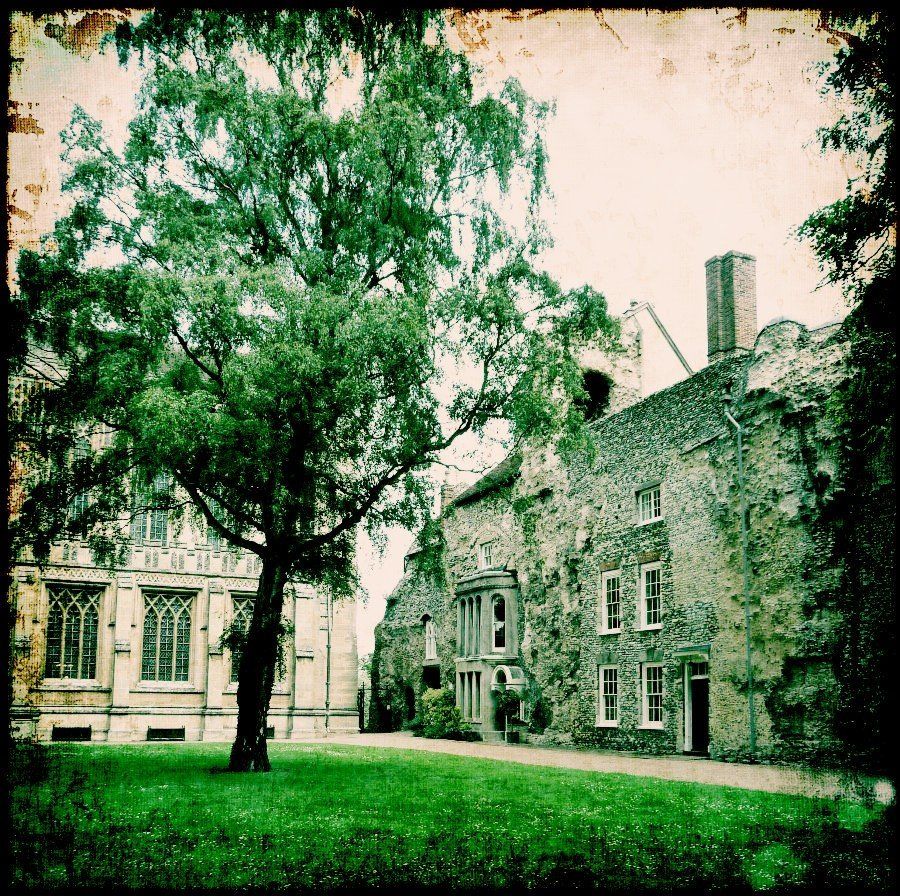Remember, remember to stand together
Solidarity. What does the word mean to you? For me, as a child of the 80s, it automatically means a trade union in Poland. Despite the fact that Solidarity was formed within and contra to a communist state, it was still to fight for the rights of workers and the oppressed. It seems an unavoidably socialist word, but all it actually means is ‘unity or agreement of feeling or action, especially among individuals with a common interest; mutual support within a group.’ [i] So, for example, ineffectual as it might be, we show solidarity with the Standing Rock protesters in the Dakotas by logging in there on facebook. Our nifty new social media networks connect us with others who think and feel the same (let’s not talk about bubbles and the shock of encountering a counter opinion). We sign petitions by the score. We blog. If we’re lucky, we reach wider fora. We might donate. We might march. We might join a party or a group. We might even go and stand by our fellows in person. It’s all solidarity. We might also create art, but does it do any good?
Although it’s facilitated by social media these days, it’s nothing new. This blog is about solidarity, of a kind, from an Arts and Crafts artist (not Morris, sorry!) to a very contentious cause. One that seems appropriate to blog about on the 5 November, as it’s all about that point where protest meets terror. Not what you’d expect a mild-mannered artist (definitely not Morris!) to involve themselves in. But involve himself he did. ‘He’ being Walter Crane, the artist of the British socialist movement bar none, and he was a great believer in unity and solidarity in the rapidly fragmenting world of left wing activism in the late 19 th century.

The tale involves protest against injustice, homemade bombs, police infiltration and miscarriage of justice. And it really isn’t about Guy Fawkes! It’s about anarchy in the USA, not, for once, in the UK. The end game happened 129 years ago – not on the 5 November but on another potent day in our calendar, the 11 November. Now, we all know 11 November as Remembrance Day, the day where we remember those who fought in the two world wars – and beyond, to the wars that, despite the prayers of those at the end of both the First and Second World Wars, have kept on and kept on happening. Now, I could go off at a tangent as to why I wear the Peace Pledge Union’s white poppy (available from these outlets should you wish for one…) not the red, why I want to remember of those who have died in war, but I’d better not! Suffice to say, we’ve mostly forgotten to remember what happened on that 11 November 1887, even though what happened that day and for the long 16 months before it on 4 May 1886 inspired the institution of International Labour Day, the 1 May. How many remember now that it was the Haymarket Affair that triggered it?

The Haymarket Affair is still, as far as I know, a mystery. It happened as part of a rally in support of strikers in Chicago who were, as many were at the time, campaigning for an eight hour day with no reduction in day. There was a body of anarchists in the city, and it’s hard to know who within those groups was keen to pursue direct action and who preferred the semi-legality of rallies and marches and speeches. Certainly, a leaflet had gone out inciting people to go armed to the meeting – although it had been swiftly withdrawn. That 4 May, the police came en masse to break up the rally, the crowd was dispersing, the leaders stepping down … when a bomb was thrown into the path of the advancing police. It exploded, fatally wounding a policeman. What appears to have happened next is that the police, afraid, opened fire. Shots were fired back – some folks were armed.
To this day we don’t know who threw the bomb. There is some certainty that it wasn’t any of the 8 men arrested. The only suspect for the actual throwing, Rudolph Schnaubelt, got away. All 8 men were anarchists. Some, such as Louis Lingg, were involved in bomb making. The others? Well, they were certainly anarchists. They were also all found guilty. Three were sentenced to life in prison. Five were sentenced to hang. Lingg committed suicide in prison the day before his hanging. The other four were executed the next day, 11 November 1887.
This trail was not a local issue. The bomb sent shock waves around the world. This was a new kind of protest – it was the beginning of the kind of terrorism that we know today. It marked a black moment in the history of protest, signalling that the protestors were as likely as the establishment to use extreme force, and in this destabilising, terrifying way – not by force of numbers, but this anonymous piece of kit. From this moment, nothing would be the same.
And yet, the socialists and anarchists around the world rallied behind the eight men. Not because they thought the bomb was a good idea (although some no doubt did), but because they saw a grave miscarriage of justice unfolding. These eight men were being scapegoated, and their movement destroyed. Walter Crane was there from the beginning, ‘an outspoken advocate for the defendants from 1886 onward and vocal in his support of the movement to pardon them’ [ii]. It made free speech a hot topic in 1880s London, with Morris’s Commonweal publishing many articles. Crane himself had two poems in defence of the men published there. Poems? Sounds feeble? Well, poems could be printed and taken to meetings to be recited [iii] – actually powerful!
In 1891 Crane was in America for the first time. He was a successful artist, and this was a retrospective of his work. It was also the fifth anniversary of the affair. Crane spoke at an anarchist event in Boston, reciting his poems and giving a speech. When he returned to his hotel ‘he found a letter informing him that public espousal of the cause of the Anarchists meant “hopeless ruin” to his social and artistic prospects in America’ [iv]. Crane did respond to this, saying he didn’t support violence, but that he did support the key anarchist idea of ‘a life of voluntary association, of free individual development – the freedom only bounded by respect for the freedom of others’ [v].
In 1894 he produced an image to commemorate the Chicago Anarchists. In 1893 the men had been pardoned, but at the same time the idea of bombing had taken off. Crane was perhaps more ambivalent to the cause, and had turned away from anarchism back to the safer embrace of socialism, but he still showed solidarity with the idea of fair justice for all in law, as had not happened for the those arrested for the bombing, even if his own allegiances had shifted. He always strove to create unity. His images are all about unity – the figures of Liberty and winged Freedom embrace us all. He was a member of several different groups – from Fabians to the Hammersmith Socialists, was friends with anarchists like Kropotkin, and published in all the journals, cunningly trying to draw the ideas together. He produced art for all the groups, and his art defined the style used for much socialist – and suffrage – art up to the First World War.
So, a poem can show solidarity. So can a piece of visual art. Although speaking out and protesting is necessary, we remember Walter Crane’s art (maybe not the poems!), Morris’s poetry and novels, Shaw’s plays more than much that actually went on at the time. They still speak to us today, and maybe can encourage us to use our creativity to stand firm – with Standing Rock, perhaps, and with any other injustice that speaks to us – and stand together in the best and most fitting way we can, that which speaks to our creative talents. So, sing, recite, paint, act, joke – even yarn bomb. But remember Walter Crane’s words of 1894 in Freedom , an anarchist journal, on how violence fails because ‘people cannot be forced into perceiving the right way, any more than thought can be stopped by force’ [vi].
Note – much of the content and all the quotes of Walter Crane’s involvement in the Haymarket Affair are taken from: ‘Cartoons for the Cause? Walter Crane’s The Anarchists of Chicago ’ by Morna O’Neill, originally published in Art History , 2014, and can be found here.
You can find out more about the Haymarket Affair here.
[i] https://en.oxforddictionaries.com/definition/solidarity sourced 5/11/2016
[ii] O’Neill, Morna ‘Cartoons for the Cause? Walter Crane’s The Anarchists of Chicago’, Art History , 2014, p. 112
[iii] Ibid, p. 113
[iv] Ibid, p. 120
[v] Ibid, p. 120
[vi] Ibid, p. 124
Images:
- Detail of The Worker’s Maypole by Walter Crane, 1894, retrieved from https://www.marxists.org/subject/mayday/ 5/11.2016
- Photograph of illustrator, designer and painter, Walter Crane (1845-1915). Detail of photo by Frederick Hollyer (1837-1933) Platinum print Width 14.5 cm x height 10.3 cm Victoria & Albert Museum Museum no. 7725-1938 Given by Eleanor M. Hollyer, 1938. retrieved 5/11/2016 from https://en.wikipedia.org/wiki/Walter_Crane#/media/File:Walter_crane_small.jpg
- The Chicago Anarchists by Walter Crane, 1894 retrieved from http://www.dailykos.com/story/2015/5/31/1388994/-Beltaine-with-Walter-Crane 5/11/2016
The post Remember, remember to stand together appeared first on Palace of Memory.







